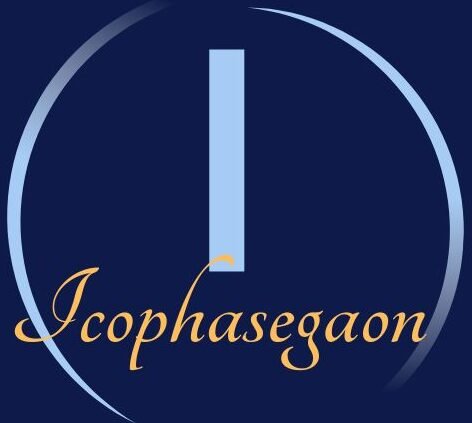If you are receiving Social Security Retirement Benefits and your birth date ranges between 21st and 31st, then here is some good news for you. The Social Security Administration (SSA) has ensured that eligible retirees will receive payments on February 26, 2025.
Who will receive this payment?
If you wish to be qualified for this February payment, then you must meet the following requirements:
- Your birth date must be between 21st and 31st.
- You should have filed for Social Security benefits on or after April 30, 1997.
- You should be getting Social Security Retirement Benefits.
If your present benefits include both SSI (Supplemental Security Income) and retirement benefits, then this payment will not be yours.
$2,831 Social Security check: Eligibility requirements
If you wish to qualify for this highest payment amount, you should satisfy the following requirements:
- Applied at age 62.
- Earned a job that withholds Social Security taxes.
- Earned at least 35 years and earned the highest taxable wage throughout the period.
If you worked for fewer than 35 years, you will still be able to get Social Security benefits, but you might have to work extra years in order to get this highest payment.
How much will you receive on February 26?
The sum you’ll receive on February 26, 2025, will depend on your individual situation. Here are some highlights:
- Average retirement benefit: $1,978
- Average benefit at age 62: $1,343 (following cost-of-living adjustment boosts in 2025)
- Maximum benefit (filing at age 62): $2,831
- If filing at full retirement age (FRA): $4,018
- Maximum benefit if filing at age 70: $5,108
What if you didn’t receive a payment on February 26?
If you don’t qualify for a February 26 payment, don’t worry. There are also a number of payment dates set in March 2025:
- March 3: If you began receiving Social Security benefits prior to May 1997.
- March 3: If you’re receiving both retirement benefits and SSI simultaneously.
- March 12: If your birthday is between the 1st and 10th of March.
- March 19: If your birthday is between the 11th and 20th.
- March 26: If your birth date is between the 21st and 31st.
How to earn a greater payment
If you wish to have a greater Social Security payment, there are several methods you can pursue:
- Increase your retirement age: If you claim at full retirement age (FRA) or age 70 rather than 62, you’ll have a greater payment.
- Earn as much taxable wages as possible: The more you earn and pay Social Security tax, the larger your benefit will be in the future.
- Work 35 or more years: If you worked fewer than 35 years, some of the years will be counted as $0, which lowers your average earnings.
Conclusion
February will be critical for individuals collecting Social Security retirement benefits in 2025. If you’re eligible, you can take home your payment on February 26. In addition to this, payments will be issued on some dates in March. If you desire optimum benefits, it will be critical to choose the moment to retire appropriately.
FAQs
Q1. Who will receive the $2,831 Social Security check on February 26, 2025?
Only retirees who filed at 62, worked for at least 35 years in jobs that paid Social Security taxes, and reached the taxable maximum earnings limit can receive this amount.
Q2. What if my birthday is not between the 21st and 31st?
If your birthday falls outside this range, your Social Security payment will be on a different date in March 2025, based on your birthdate.
Q3. Can I receive both Social Security retirement benefits and SSI on February 26?
No, if you receive both Social Security retirement benefits and Supplemental Security Income (SSI), your payday will be on March 3 instead.
Q4. How can I maximize my Social Security benefits?
To receive a higher payment, delay filing until Full Retirement Age (FRA) or 70, earn a high taxable income for at least 35 years, and avoid early retirement at 62.
Q5. What is the highest possible Social Security payment in 2025?
The maximum benefit for someone who files at 70 is $5,108 per month, while those filing at Full Retirement Age (FRA) can receive up to $4,018.



